Search
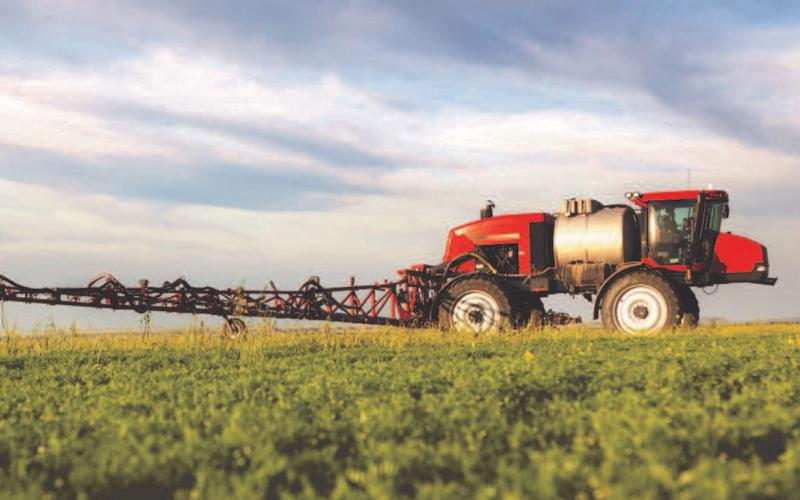
UPDATE: The Environmental Protection Agency Provides Further Guidance Regarding the Previous Suspension of All Sales and Application of Dicamba Products
June 10, 2020
On June 3, the United States Court of Appeals for the Ninth Circuit issued a decision to vacate the registration of three dicamba products including Xtendimax, Engenia, and FeXapan for over the top use on soybeans.

Watch for Pea Aphid Populations in Alfalfa
Recent reports have indicated that pea aphid populations are very large in some alfalfa fields and should continue to be monitored and possibly managed.
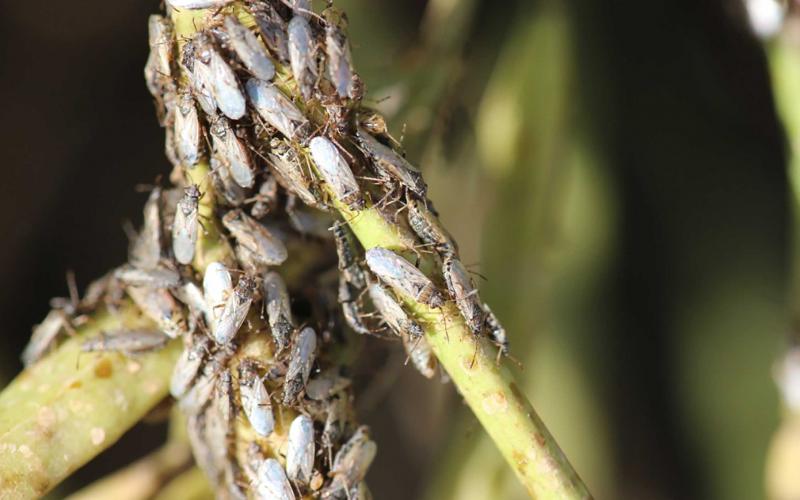
False Chinch Bugs Back Again
False chinch bugs are active yet again in South Dakota. Although they are normally only a nuisance pest, their populations can become magnified during cool, wet springs.
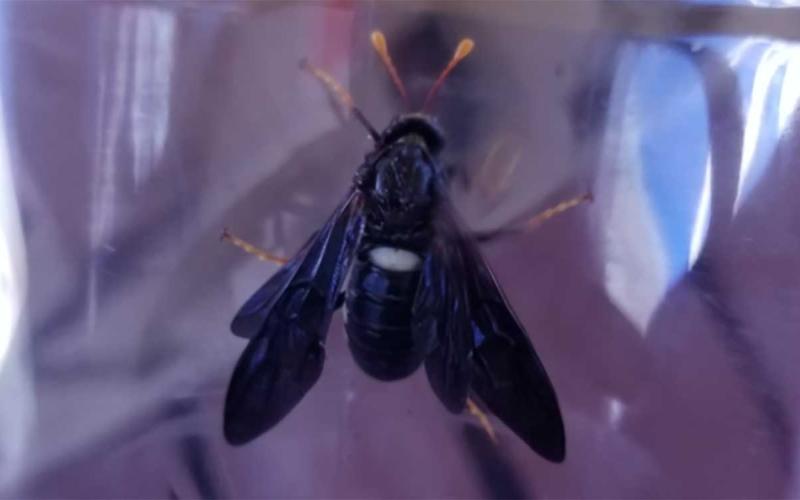
A fly? A hornet? Nope, it’s a sawfly!
This spring, there have been multiple reports of people seeing large fly-like insects in their yards. These insects are sawflies, and all reports thus far have been the elm sawfly (Cimbex americana).
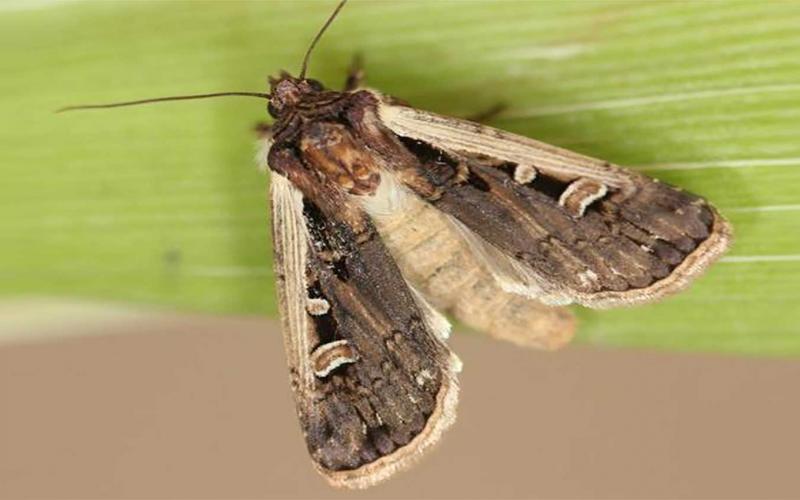
Western Bean Cutworm Moths Observed in South Dakota
Over the weekend, South Dakota experienced strong southerly winds, which brought warm temperatures to the state. In addition, these winds also brought insect pests north, which included moths of the western bean cutworm.

Barley Yellow Dwarf Developing in Oats
A few oat fields that were recently scouted were found to have barley yellow dwarf virus infected plants. The infected plants were few and scattered throughout the oat fields.

Stripe Rust Found in Winter Wheat at Low Severity
Stripe rust was observed in the crop performance trials at the Dakota Lakes Research Farm in Hughes County and at Ideal in Tripp County. At both locations, stripe rust was at a low severity.
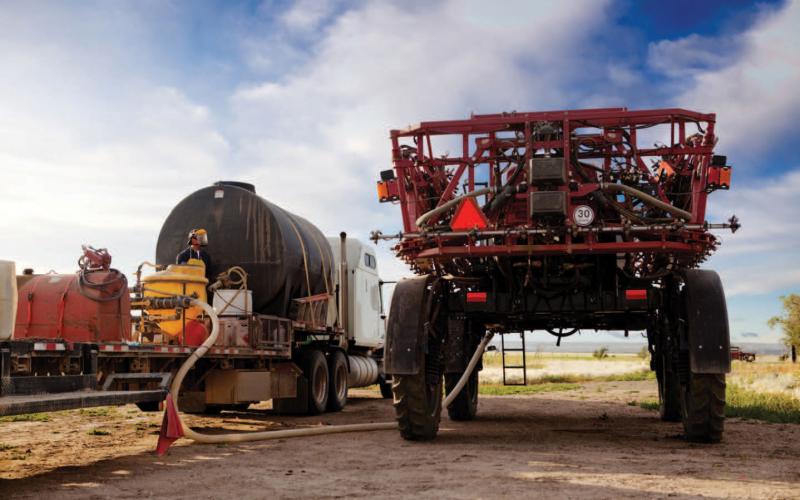
Alternatives to Postemergence Dicamba Applications
Cancellations of three dicamba labels on June 6, 2020 by the U.S. Environmental Protection Agency, left many farmers looking for options for effective weed control this summer.
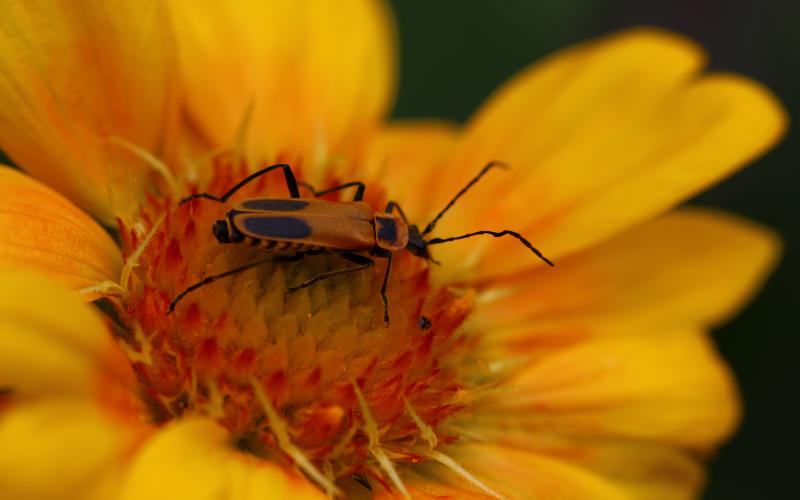
Goldenrod Soldier Beetle: A late-summer friend in the garden
A number of ornamentals are in full bloom, ablaze with colors and, in some cases, buzzing with insects. One such insect that you may have noticed in your lawns is the goldenrod soldier beetle or Pennsylvania leatherwing (Chauliognathus pennsylvanicus).
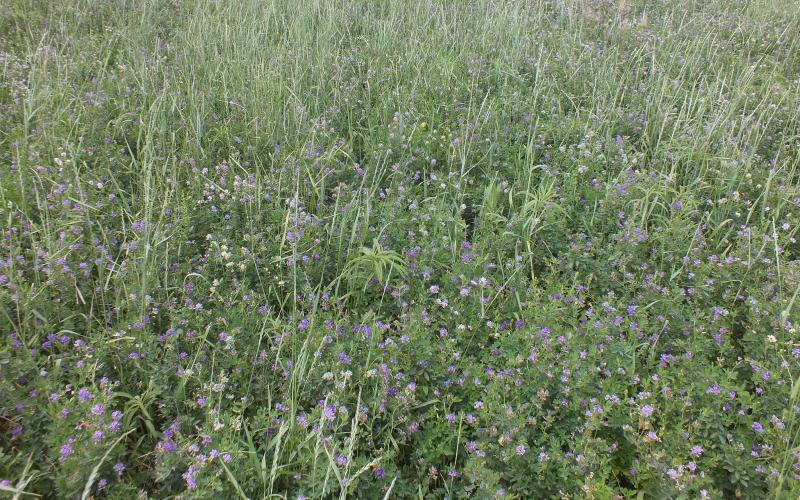
Precautions for Grazing Weevil-Infested Alfalfa
Alfalfa weevil populations are high this year, creating challenges for producers. Questions have arisen on how to get some value out of the forage by grazing it rather than putting it up for hay.